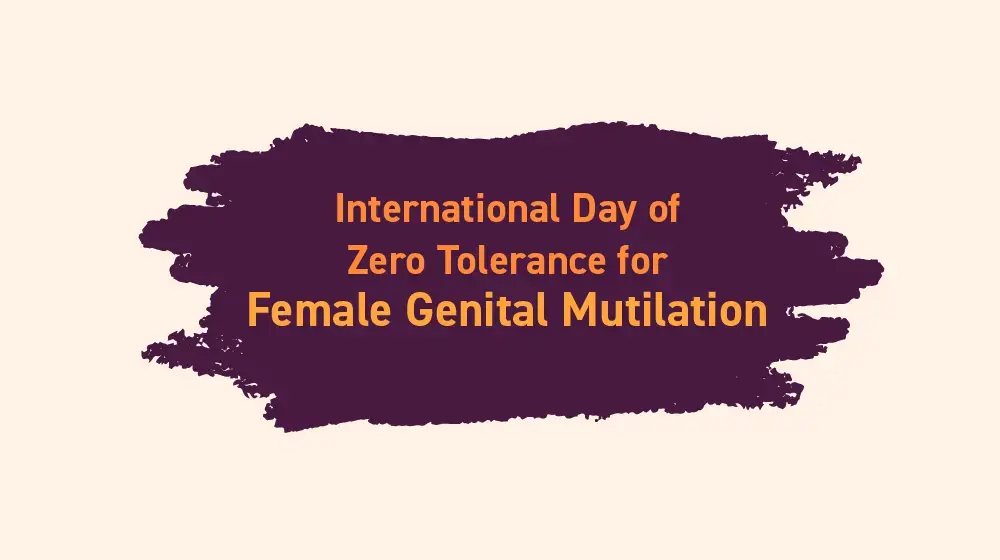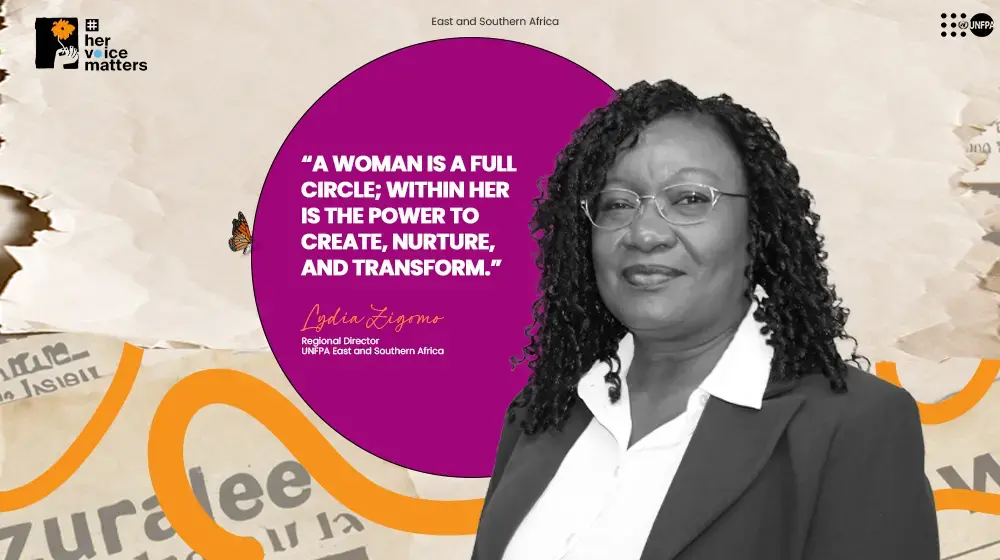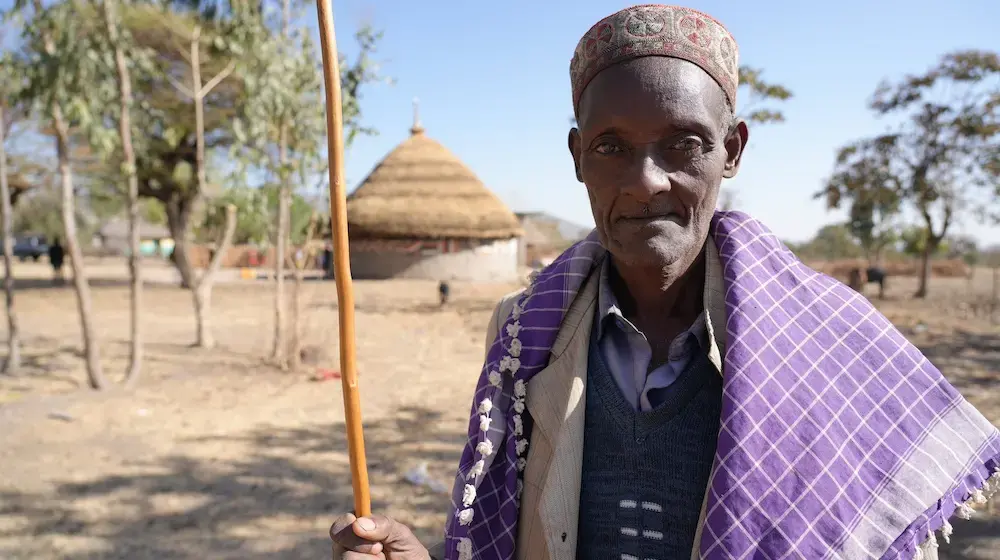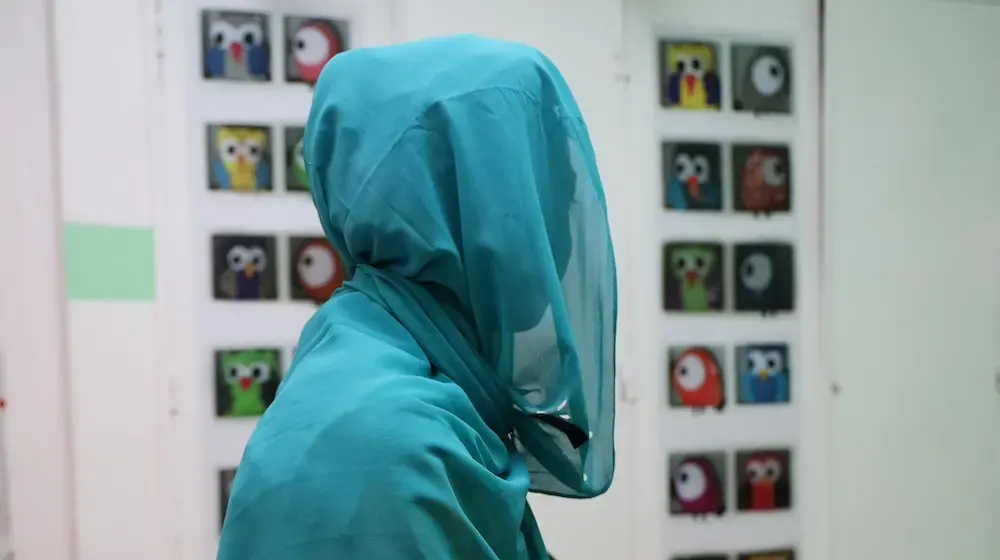Rooted in gender inequality and power imbalances between men and women, female genital mutilation perpetuates those inequities by limiting opportunities for women and girls to exercise their rights and realize their potential. Humanitarian crises including COVID-19, now in its third year, have hindered efforts to prevent female genital mutilation so that an estimated two million more girls over the next decade will be subjected to the practice than before pandemic times.
While progress has been made – girls are a third less likely to undergo this harmful practice compared to 30 years ago – the pace must be 10 times faster to reach the global target of zero incidences by 2030. And while an estimated $2.4 billion is needed to achieve that goal in 31 priority countries, only $275 million is expected to be spent, indicating a resource gap of about $2.1 billion.

This year’s theme is Accelerating Investment to End Female Genital Mutilation — investing in programmes to provide services and response for those affected and those at risk and in developing and enforcing laws and fortifying institutional capacity to address eradicating female genital mutilation. Empowering girls, too, with access to education, health care and income opportunities, can accelerate the demise of this harmful practice with no known medical or health benefits.
Stakeholders from governments to civil society organizations to communities have made encouraging strides. Let us build on the momentum by acting with greater urgency.





